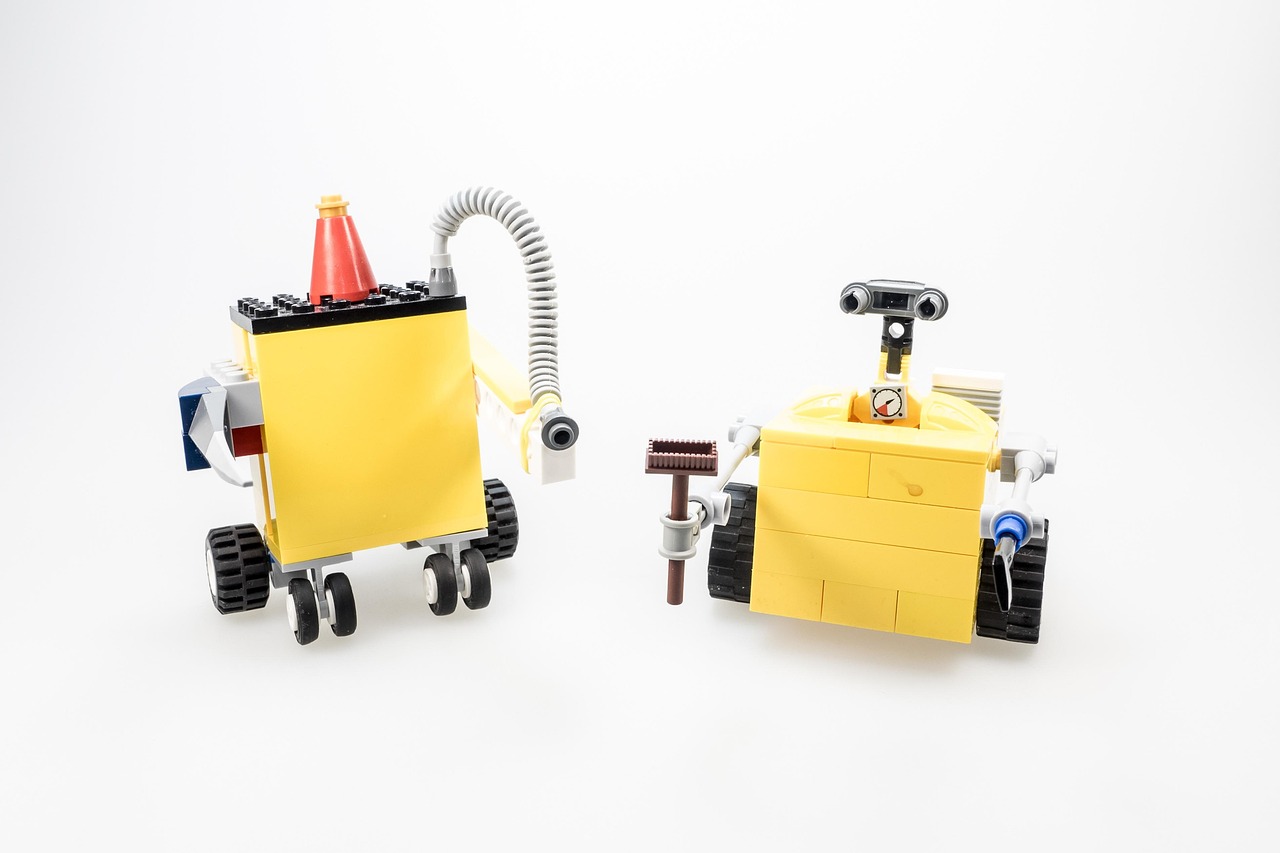AI and robotics are rapidly converging, creating machines capable of performing tasks that were once the stuff of science fiction. This powerful combination is transforming industries, automating processes, and opening up new possibilities across various sectors. From self-driving cars to sophisticated manufacturing systems, the integration of artificial intelligence in robotics is revolutionizing the way we live and work.
The Synergistic Relationship: AI and Robotics
Understanding the Core Concepts
At its core, AI in robotics involves equipping robots with the ability to perceive, reason, and learn. This moves beyond simple pre-programmed instructions, allowing robots to adapt to changing environments and make intelligent decisions independently.
For more details, visit Wikipedia.
- Robotics: Focuses on the design, construction, operation, and application of robots.
- Artificial Intelligence (AI): Enables machines to mimic human intelligence processes such as learning, problem-solving, and decision-making.
The power of this synergy comes from combining the physical capabilities of robots with the cognitive abilities of AI.
How AI Enhances Robotic Capabilities
AI significantly enhances the functionality and adaptability of robots by enabling:
- Perception: Using sensors and computer vision to “see” and understand their surroundings.
- Decision-Making: Analyzing data and making informed choices to complete tasks efficiently.
- Learning: Improving performance over time through experience and feedback.
- Planning: Formulating strategies and sequences of actions to achieve specific goals.
For example, a robot in a warehouse equipped with AI can identify different products, navigate through cluttered spaces, and optimize its route to pick and pack items for shipment, all without constant human intervention.
Key Applications of AI-Powered Robotics
Manufacturing and Automation
AI in robotics is transforming manufacturing by enabling:
- Automated Assembly: Robots can perform repetitive tasks with precision and speed, reducing errors and increasing productivity.
- Quality Control: AI-powered vision systems can inspect products for defects, ensuring high standards.
- Predictive Maintenance: Analyzing data from sensors to predict when equipment needs maintenance, minimizing downtime.
Example: BMW uses AI-powered robots in its factories to inspect welds on car chassis, identifying even the smallest imperfections that human inspectors might miss.
Healthcare and Surgery
In healthcare, AI-powered robots are used for:
- Surgical Assistance: Robots can assist surgeons with complex procedures, providing greater precision and minimizing invasiveness.
- Patient Care: Robots can deliver medications, assist with mobility, and provide companionship to patients.
- Drug Discovery: AI algorithms can analyze vast amounts of data to identify potential drug candidates and accelerate the development process.
Example: The Da Vinci Surgical System allows surgeons to perform minimally invasive surgeries with enhanced dexterity and control, resulting in faster recovery times for patients.
Logistics and Supply Chain
AI is optimizing logistics and supply chain operations through:
- Warehouse Automation: Robots can automate tasks such as picking, packing, and sorting items, improving efficiency and reducing labor costs.
- Delivery Drones: Drones can deliver packages quickly and efficiently, especially in remote areas or congested urban environments.
- Route Optimization: AI algorithms can optimize delivery routes, taking into account traffic conditions, weather, and other factors.
Example: Amazon uses thousands of robots in its warehouses to move shelves of products to human pickers, significantly speeding up the order fulfillment process.
Exploration and Hazardous Environments
Robots with AI are invaluable in environments that are dangerous or inaccessible to humans:
- Space Exploration: Rovers equipped with AI can explore planets and collect data, sending it back to Earth for analysis.
- Disaster Response: Robots can be deployed to search for survivors, assess damage, and clear debris in the aftermath of natural disasters.
- Mining and Construction: Robots can perform tasks such as drilling, excavating, and building in hazardous or remote locations.
Example: NASA’s Perseverance rover is equipped with AI to autonomously navigate the Martian surface and conduct scientific experiments, sending valuable data and insights back to Earth.
Benefits of Integrating AI into Robotics
Increased Efficiency and Productivity
AI-powered robots can work around the clock, performing tasks more quickly and accurately than humans. This leads to:
- Higher production rates
- Reduced error rates
- Lower operating costs
Enhanced Safety
Robots can perform tasks in hazardous environments, protecting human workers from harm. This leads to:
- Fewer workplace accidents
- Reduced exposure to dangerous substances
- Improved overall worker safety
Improved Decision-Making
AI algorithms can analyze vast amounts of data to make informed decisions, leading to:
- Better resource allocation
- Optimized processes
- More effective problem-solving
Greater Adaptability
AI enables robots to adapt to changing conditions and learn from experience, making them more versatile and resilient. This means:
- Ability to handle unexpected situations
- Continuous improvement over time
- Increased flexibility in adapting to new tasks
Challenges and Future Trends
Ethical Considerations
As AI in robotics becomes more prevalent, ethical considerations are paramount. Issues like job displacement, data privacy, and the potential for autonomous weapons need careful attention and robust regulatory frameworks.
Technological Advancements
The future of AI in robotics will be shaped by advancements in areas such as:
- Machine Learning: Developing more sophisticated algorithms that can learn from unstructured data.
- Computer Vision: Improving the ability of robots to “see” and interpret their surroundings.
- Natural Language Processing (NLP): Enabling robots to communicate and interact with humans more effectively.
- Edge Computing: Processing data locally on the robot, reducing latency and improving responsiveness.
Integration and Scalability
Successfully integrating AI into existing robotic systems and scaling up deployments will be critical for realizing the full potential of this technology.
Conclusion
AI in robotics represents a transformative force, poised to reshape industries and redefine the limits of automation. By understanding the synergy between these fields, embracing the benefits, and addressing the challenges, we can unlock the full potential of AI-powered robots to create a more efficient, safer, and innovative future. The journey of integrating AI into robotics is an ongoing evolution, promising continuous advancements and novel applications that will impact our lives in profound ways.
Read our previous post: DeFis Invisible Hand: Airdrops Shaping Token Distribution




